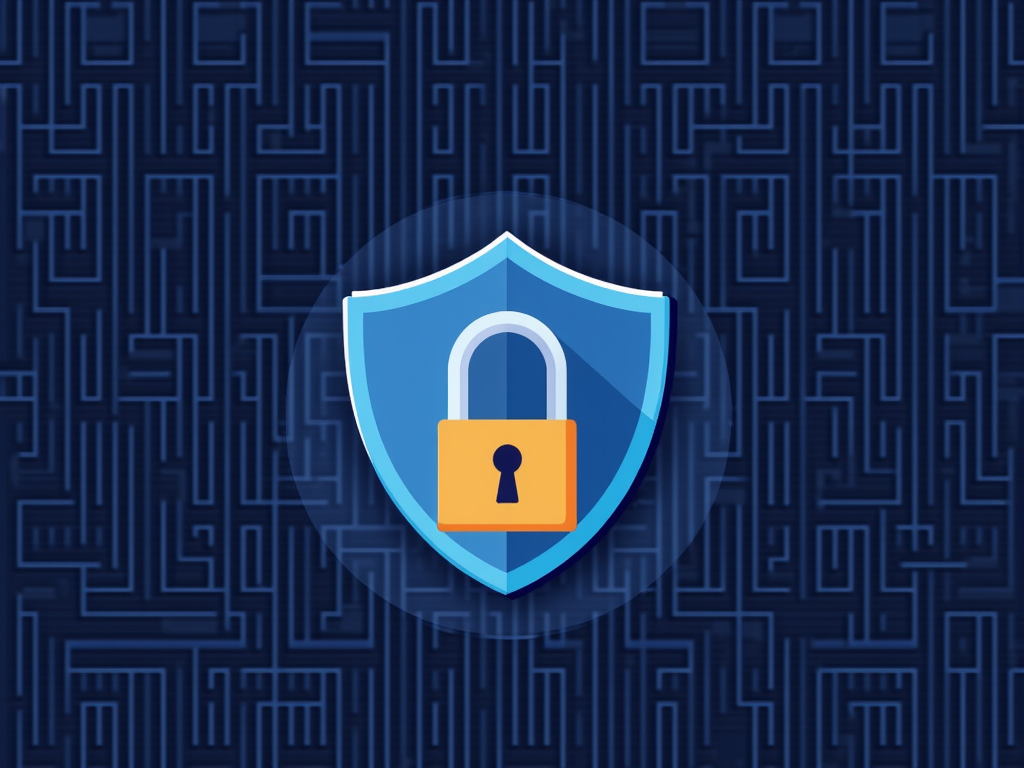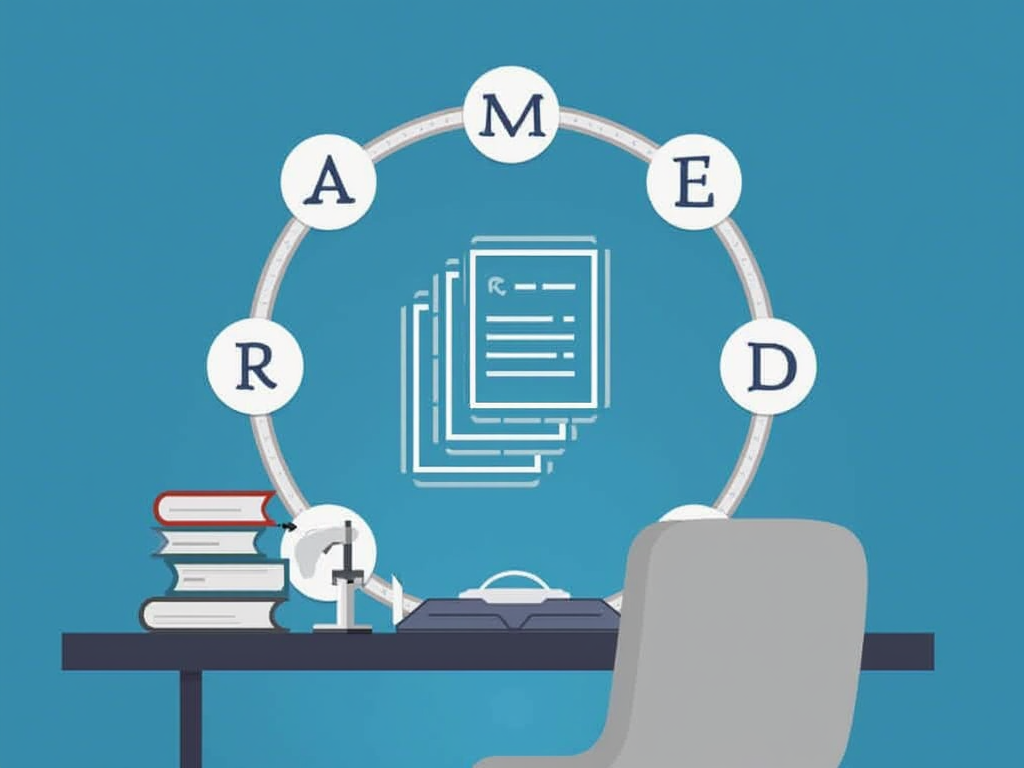The Top Threats Facing Cloud Security in 2025 – And How to Stop Them
As we approach the midpoint of the decade, cloud security continues to be a pressing concern for organizations of all sizes and industries. With the increasing adoption of cloud services, the attack surface has expanded significantly, making it more challenging to keep up with emerging threats. In this article, we’ll explore the top threats facing cloud security in 2025 and provide actionable advice on how to mitigate them.
Threat #1: Insider Threats
Insider threats are a significant concern for organizations that rely heavily on cloud services. With the rise of remote work, the number of employees with access to sensitive data has increased dramatically. A disgruntled employee or an unscrupulous contractor can cause irreparable damage by exploiting their privileged access.
How to Stop Them:
- Implement Least Privilege Access: Ensure that employees only have access to the resources and data necessary for their job functions.
- Monitor User Behavior: Implement behavioral analytics tools to detect anomalies in user activity, such as sudden changes in login patterns or unusual file transfers.
- Conduct Regular Audits: Perform regular audits of employee accounts and privileges to identify potential risks.
Threat #2: Cloud-Native Attacks
Cloud-native attacks are a growing concern, as cloud services are becoming increasingly sophisticated. Attackers can exploit vulnerabilities in cloud-specific features or services, such as containerization or serverless computing.
How to Stop Them:
- Keep Software Up-to-Date: Ensure that all cloud-based software and services are up-to-date with the latest security patches.
- Implement Cloud-Native Security Controls: Leverage cloud-native security controls, such as network policies or access controls, to restrict unauthorized access.
- Conduct Regular Security Assessments: Perform regular security assessments to identify potential vulnerabilities in cloud services.
Threat #3: Data Exfiltration
Data exfiltration is a significant concern for organizations that store sensitive data in the cloud. Attackers can exploit vulnerabilities in cloud storage or database services to extract sensitive information.
How to Stop Them:
- Implement Data Encryption: Encrypt sensitive data both in transit and at rest using industry-standard encryption protocols.
- Use Secure Storage Services: Use secure storage services that provide robust access controls and auditing capabilities.
- Monitor Data Activity: Monitor data activity for suspicious patterns or anomalies, such as sudden increases in data transfers.
Threat #4: Phishing Attacks
Phishing attacks are a persistent threat to cloud security, as attackers can use social engineering tactics to trick employees into divulging sensitive information.
How to Stop Them:
- Implement Multi-Factor Authentication: Require multi-factor authentication for all employee logins to prevent unauthorized access.
- Conduct Regular Employee Training: Conduct regular employee training sessions to educate staff on the dangers of phishing attacks and how to identify suspicious emails or messages.
- Monitor User Behavior: Implement behavioral analytics tools to detect anomalies in user activity, such as sudden changes in login patterns or unusual file transfers.
Threat #5: IoT-Related Attacks
The increasing adoption of Internet of Things (IoT) devices has introduced a new attack surface for cloud security teams. Attackers can exploit vulnerabilities in IoT devices to gain unauthorized access to cloud services.
How to Stop Them:
- Implement Secure Communication Protocols: Use secure communication protocols, such as HTTPS or SSH, to encrypt data transmitted between IoT devices and cloud services.
- Conduct Regular Vulnerability Scanning: Conduct regular vulnerability scanning of IoT devices to identify potential vulnerabilities.
- Implement Segregation of Duties: Implement segregation of duties for IoT devices to prevent unauthorized access.
In conclusion, the top threats facing cloud security in 2025 are insider threats, cloud-native attacks, data exfiltration, phishing attacks, and IoT-related attacks. By implementing robust security controls, monitoring user behavior, and conducting regular security assessments, organizations can mitigate these threats and protect their sensitive data. Remember to stay vigilant and adapt to emerging threats as the landscape continues to evolve.
References:
- [1] Cloud Security Alliance (2020). CSA Guidance on Cloud Native Application Security.
- [2] National Institute of Standards and Technology (2020). Guide to Cloud Security.
- [3] Ponemon Institute (2020). 2020 Global Cloud Security Report.



